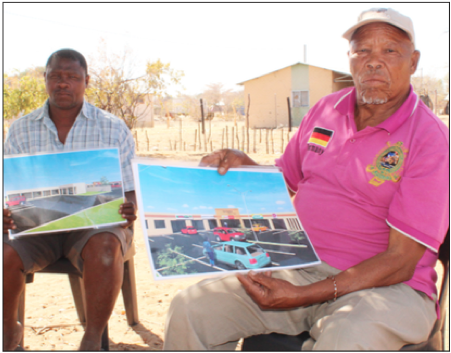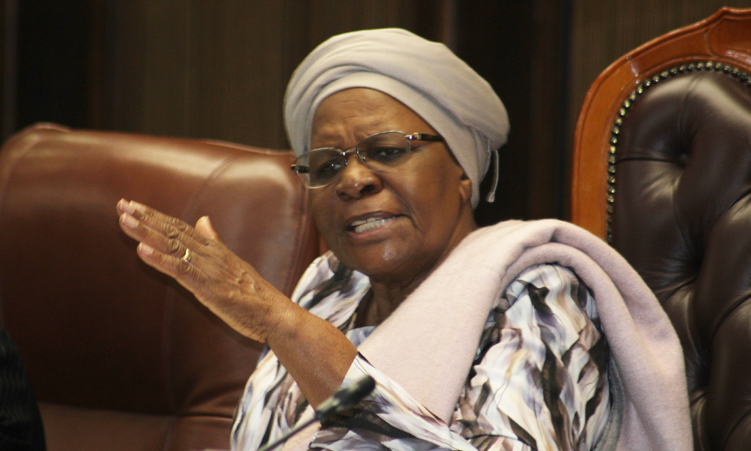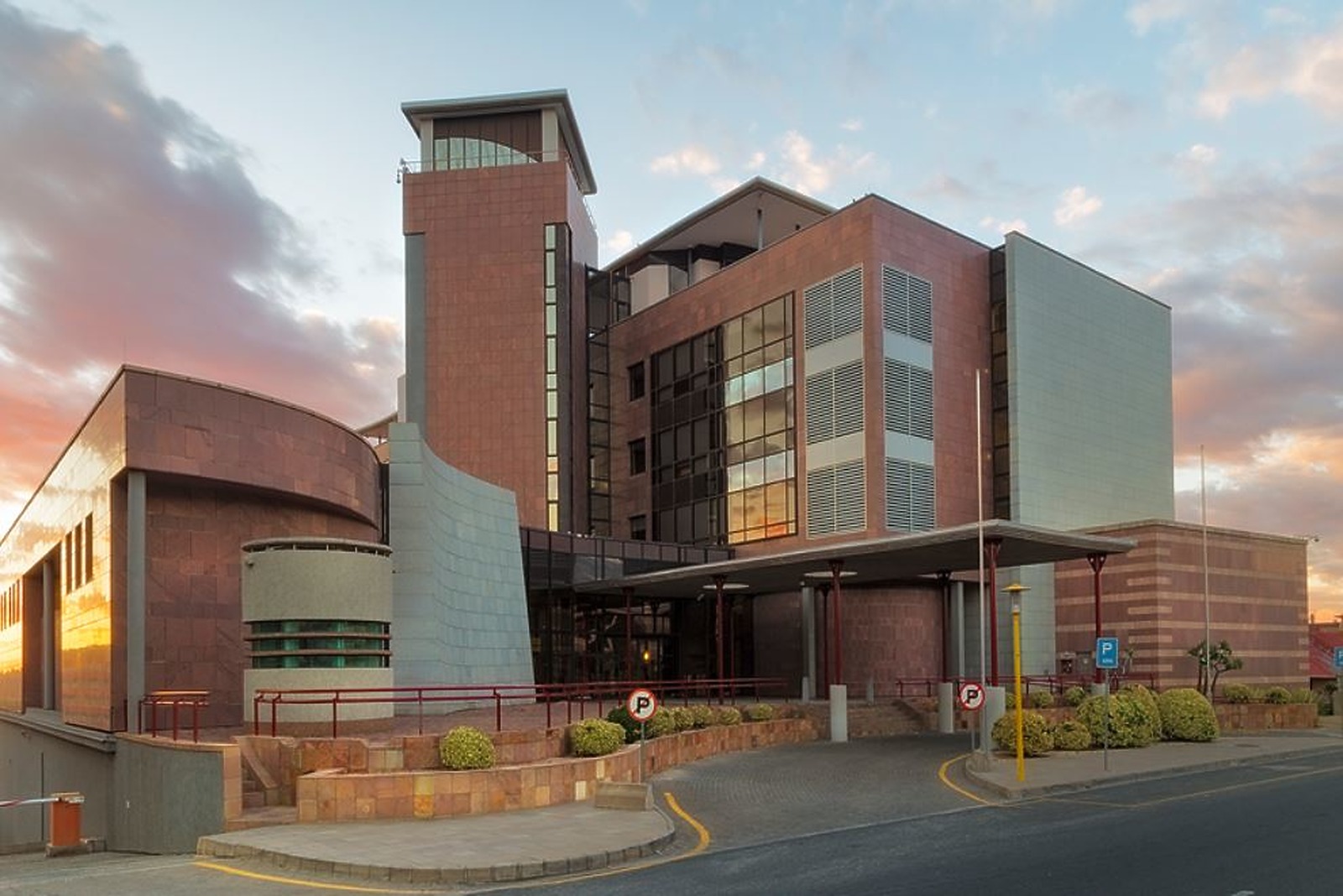SIXTY-FIVE kilometres east of Tsumeb lies the settlement of Tsintsabis, which is home to about 4 000 residents, including those on surrounding farms.
It is an isolated and forgotten settlement where Oshiwambo, San, Damara as well as Kwangali people from the Kavango west region live.
This community depends on food handouts from the government, which they receive once every month.
The settlement, however, has a school and a clinic which are within walking distance. There is also clean drinking water from a borehole nearby.
The Namibian visited the settlement last week, and spoke to the chief, Geelbooi Thameb, who described his life and that of his subjects as “miserable.”
The 67-year-old chief said most of his people are unemployed. Just like him and his wife, the people here live on government grants.
“We do not have any development here. All is dead. Apart from the police station, the school and clinic, there is nothing else,” he lamented.
He said since taking over the chieftainship in 1999 after his grandfather’s death, Tsintsabis has remained the same.
“Is it because the majority of us are San, or what? Is it because of that that government has forgotten us and our children?” he asked, adding that they have not seen any government official in as many years.
Thameb said poverty is the main issue at Tsintsabis.
“We live in abject poverty. People have no jobs. Those who are lucky get jobs on the nearby farms or at Tsumeb,” he explained.
Another alternative and yet unfavourable form of employment, he said, is pushing wheelbarrows to carry water containers in exchange for a glass of tombo; or fetching firewood.
“It is bad. This community is neglected, and is falling apart,” he stated.
Young girls, he claimed, have resorted to prostitution to allay the pangs of hunger and clothe themselves.
“I do not blame them,” he said. “We have a lot of young people who have finished school, but are just sitting at home.”
The majority, according to the chief, are unemployed and spend days sleeping, or drinking tombo.
Indeed, many young people were at shebeens, drinking and smoking, while some school-going girls who said they are in Grade 6 and Grade 7 at the Tsintsabis Combined School were hanging out at the Tsumeb-Tsintsabis-Mpungu crossroad.
A resident told that the girls have made the crossroad their favourite spot because they sometimes meet elderly men from outside the settlement.
“What happens behind the scenes, I don’t have to tell you,” the resident said.
Some residents said the drought relief food – a 12,kg bag of maize meal and a bottle of cooking oil – is not enough.
The chief too is not happy with the quanity of the food.
“This is not enough. In some houses, there are many people. What can one bag of maize do?” the chief asked.
Bernatus Heibeb (40), one of those unemployed, spends time at home. If he is not listening to the radio, he will be at a firend’s place, chatting.
“What can I do? There are no jobs here,” he told The Namibian. “Government must take the people of Tsintsabis out of poverty.
Why can they not bring us even a project so that we work for ourselves?”
He asked why the government was not helping them with funds to set up projects, as was the case with other regions.
Heibeb said a chicken farm, brickmaking project or community vegetable project will do, while Thameb’s vision is of a settlement that has a post office for people who want to save money, as well as proper shops.
Thameb said most pensioners squander their pension pay-outs, but if there is a post office, things could be different.
“We do not have shops; only shebeens, which sell liquor and small food items at expensive prices. When you want to shop properly, you have to travel to Tsumeb, which is far,” he stressed, adding that it costs N$50 to hitch-hike to Tsumeb.
Stay informed with The Namibian – your source for credible journalism. Get in-depth reporting and opinions for
only N$85 a month. Invest in journalism, invest in democracy –
Subscribe Now!










